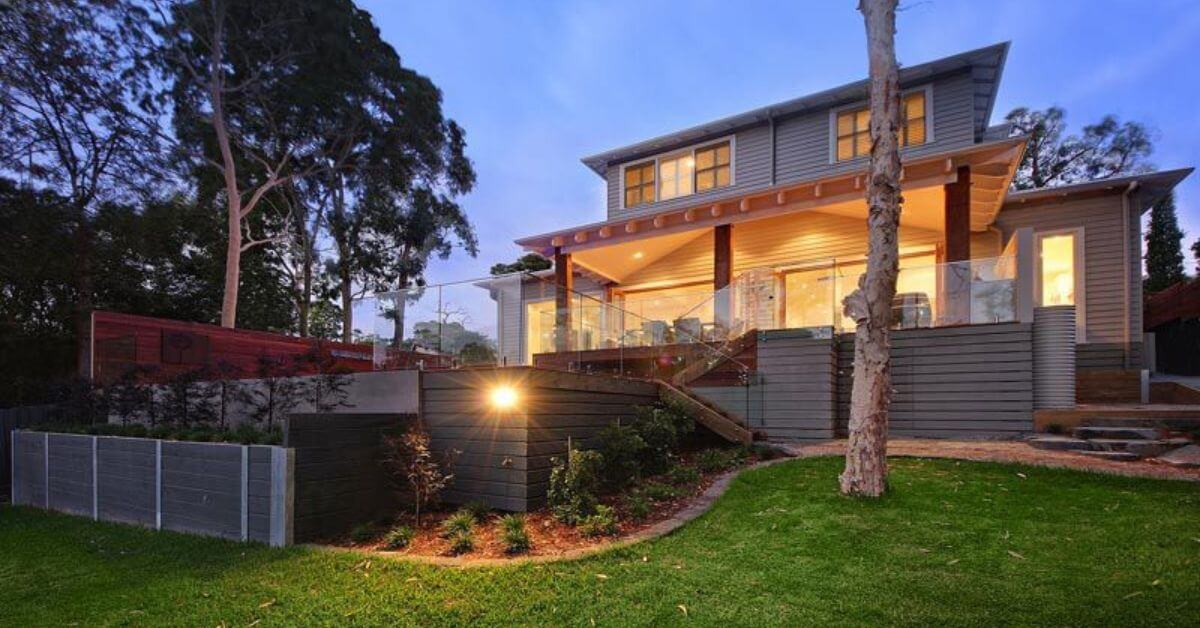Why Stainless Steel Handrails Are the Best Choice: A Personal Insight from the Field
Having worked on countless building projects across Australia, I’ve come to appreciate the practicality and aesthetic value of stainless steel handrails. Whether it’s for commercial properties, public spaces, or residential homes, stainless steel stands out as a reliable option. Today, I’d like to share a few insights from my experience in the field, where I’ve seen firsthand how this material performs under different conditions.
From the sleek modern look to its robust durability, stainless steel handrails offer a versatile solution for anyone looking to improve the safety and style of their space. But as with anything, there are both advantages and disadvantages, and it’s important to know what you’re getting into when choosing stainless steel for your next project. Here’s what I’ve learned over the years.
In This Article
The Safety Benefits of Stainless Steel Handrails
One of the main reasons I recommend stainless steel handrails is the enhanced safety they provide. From a personal standpoint, I’ve seen how these handrails can prevent serious accidents, especially in commercial environments. They provide a sturdy grip and a robust structure, ensuring that people have solid support when navigating staircases, balconies, or walkways.
In my experience, whether it’s a bustling office building or a residential home with kids running up and down the stairs, safety is paramount. Stainless steel handrails offer peace of mind because they remain solid and reliable, even after years of use.
Durability: A Handrail Built to Last
I’ve handled a variety of materials in my career, but nothing compares to the durability of stainless steel. It’s not just a material that looks good; it’s designed to last. I’ve seen handrails and balustrades made of stainless steel withstand everything from heavy daily foot traffic in commercial spaces to Australia’s harsh weather conditions. Whether it’s the humidity in coastal areas or the dry, intense heat inland, stainless steel maintains its integrity.
In one particular project in the Sydney CBD, I installed stainless steel handrails that had to endure high foot traffic and occasional impact from delivery trolleys. After years, those handrails still look as polished and functional as the day they were installed. Stainless steel’s ability to resist corrosion, warping, and rust is something that other materials simply can’t match.
Stylish and Customisable Designs
Beyond functionality, stainless steel handrails also bring a sleek, modern aesthetic that complements various architectural styles. From the first time I installed a set of stainless steel balustrades in a contemporary home overlooking Bondi Beach, I realised how much of a statement these handrails can make. They blend effortlessly with glass, wood, or concrete, creating a seamless look.
One of the things I’ve come to appreciate is the customisability of stainless steel. Whether a client wants something minimalist or more elaborate, stainless steel can be shaped and styled to fit almost any design vision. I’ve seen it transform simple staircases into architectural highlights.
Eco-Friendly and Sustainable
Another reason why stainless steel handrails are a smart choice, particularly in today’s environmentally conscious world, is that they are eco-friendly. Stainless steel is 100% recyclable, and this has always been a selling point for projects where sustainability is a priority. I’ve worked on several eco-friendly construction projects, and stainless steel handrails have been a go-to material because they are both durable and kind to the planet.
From a personal perspective, I take pride in knowing that the materials I recommend and install not only enhance the safety and appearance of the building but also contribute positively to the environment.
The Low Maintenance Advantage
When you’re working on a construction project, one thing that’s always at the back of your mind is long-term maintenance. From my experience, stainless steel handrails are among the easiest to maintain. A simple wipe-down is often all it takes to keep them looking clean and new. I’ve worked on both commercial and residential properties, and clients often come back to me months or even years later, praising how easy their handrails are to care for.
There’s no need for harsh chemicals or regular treatments, which is especially useful in public spaces or high-traffic areas. This is a big plus, not only in terms of convenience but also cost-saving over time.
Real-World Challenges: The Disadvantages of Stainless Steel
Of course, no material is perfect, and stainless steel is no exception. One of the main challenges I’ve encountered is that stainless steel can be costly upfront. While the long-term benefits often outweigh this initial expense, I’ve had clients, particularly in smaller projects, hesitate at the price compared to alternatives like wood or aluminium.
Another limitation I’ve observed is that stainless steel can still corrode under certain conditions, particularly in areas with high exposure to saltwater or chlorine. For example, in a coastal project in Brisbane, we had to ensure that the stainless steel used was of marine grade to withstand the salty sea air. If you don’t choose the right grade of stainless steel for these environments, you could see some rust or staining over time.
Magnetism is another point that can be a disadvantage, depending on the project. For instance, some grades of stainless steel can become magnetic, which might interfere with specific equipment or design plans. While this isn’t a major concern for most residential projects, it’s something to keep in mind for commercial applications.
Balancing Beauty with Practicality
When working with stainless steel, you get a material that combines form and function, but it’s important to understand the trade-offs. From my time in the field, I’ve seen firsthand how stainless steel handrails can elevate the aesthetics of a space while also providing reliable safety. However, it’s essential to choose the right grade of stainless steel for your specific project to ensure you get the most out of it.
In high-end retail spaces, I’ve seen how stainless steel, combined with glass, creates a modern and inviting look. However, in more practical settings like industrial facilities or schools, its strength and resilience take precedence over aesthetics. Each project demands a balance, and understanding the limitations, such as cost and weight, ensures that you make informed decisions.
My Personal Verdict: Stainless Steel for the Win
After years of working with various materials, I can confidently say that stainless steel handrails are my go-to recommendation for most projects. The durability, aesthetic appeal, and low maintenance make it a worthwhile investment, especially for anyone looking to enhance both the safety and look of their space.
Whether it’s for a residential home, a commercial building, or public space, stainless steel handrails tick all the boxes. They’re reliable, stylish, and eco-friendly, which is why they continue to be a popular choice across Australia. And from my own experience, they’re a material you can trust to stand the test of time.
In conclusion, if you’re considering upgrading your staircases or balconies, you won’t go wrong with stainless steel handrails. They’re a robust, versatile, and aesthetically pleasing choice that will serve you well for years to come. Whether you need a sleek look for a modern home or a durable solution for a high-traffic commercial space, stainless steel handrails offer unmatched performance in the field. For custom stainless steel fabrications and installations, I highly recommend Mechcon Welding & Steel Fabrication, a trusted name in the industry.







